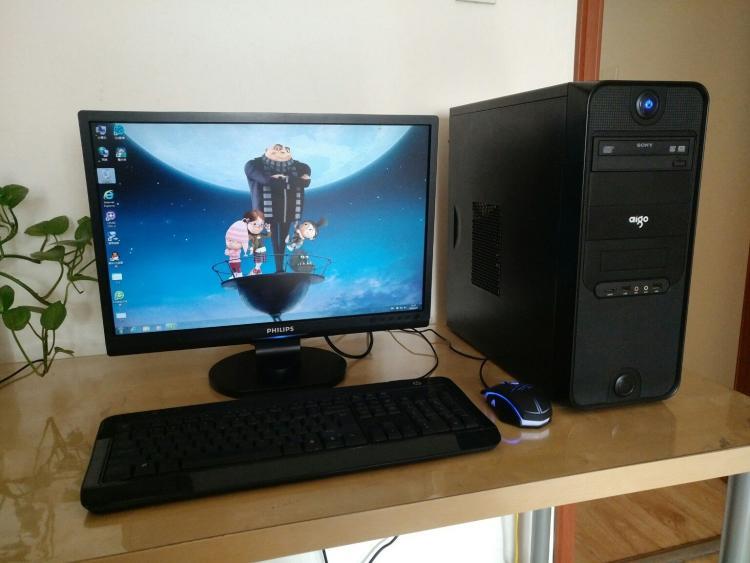In computer systems or communications, a configuration of an integrated system refers to the configuration of all its logical units, based on their type, function, output, and configuration. Often times, configuration pertains to a single choice of software, hardware, firmware, and language. The meaning of configuration is simple - it is a way of organizing a computer system so that communication between programs is made possible. For instance, a file in a Windows computer system may be configured using different configuration settings (such as Preferred Architecture and Language) depending on the user's local environment. Some people refer to this configuration as having a software "environment", or in other cases, a user "sandbox". The configuration mechanism itself varies widely from one operating system to another and can be extremely complex or simple.

A computer system's configuration usually consists of at least two parts: software and hardware. The software portion typically includes application software such as word processors, spreadsheet programs, databases, operating systems, networking, game consoles, video games, audio programs, and so on. Hardware, on the other hand, can include peripheral devices such as printers, scanners, disk drives, diskettes, USB drives, and so on. In the case of a network computer system, all computers share a common network infrastructure that enables communication between multiple computers. In the case of a desktop computer system, the physical computer system is not part of the network infrastructure and all the computers on a local area network are part of the same computer configuration.
The computer configuration system also controls the installation and maintenance of hardware. For example, in a laptop computer system, the OS (application software) limits how many programs can be installed and managed at once and dictates the way in which those programs are loaded into memory. A graphic user interface in a Windows computer displays graphics, text, icons, menus, and so on. These graphical representations are all stored in a data structure known as the registry.
In a desktop system, the hardware is generally more complex. Specialized hardware such as a graphics card are part of the computer configuration and require special chip sets from the manufacturer. The operating system itself may use one or more types of software such as the Windows operating system, which is designed to control the operation of any computer program (including the computer itself).
Some operating systems (such as Unix) include hardware device support built into their software. This is one of the most distinguishing characteristics of a computer system, because any computer with this feature is capable of running most any type of software that is designed for the computer. Hardware such as memory cards, USB drives, and the like are also part of the computer configuration.
Network attached service (NAS) is a type of computer service that allows computers to share a single network connection. Such a service is usually provided by a router, connecting the computers on either end of the network. Note that while a computer system may include network adapters, such as Fibre Channel cards, internal storage devices, or other removable storage devices that are part of the computer system, these devices are not part of the computer configuration. If a computer system does not include one or more storage devices such as disk drives, then it cannot be called a NAS computer system.
Any computer system that uses a memory card as a primary hard drive must also be part of the computer configuration. Memory cards can provide instant access to stored information, but they cannot be considered part of the computer's hardware. They are only present to provide temporary storage for the user. This definition encompasses both memory cards and USB drives.
As was noted earlier, the computer's operating system is the most important part of the computer configuration. When the OS is not installed, then a computer is considered to be a "barebones" computer system. Barebones systems have no pre-installed software or drivers. Such a computer will only function properly if some type of software or driver is installed. It would be up to the user to install the needed software or drivers on his barebone computer in order to make the system functional.











